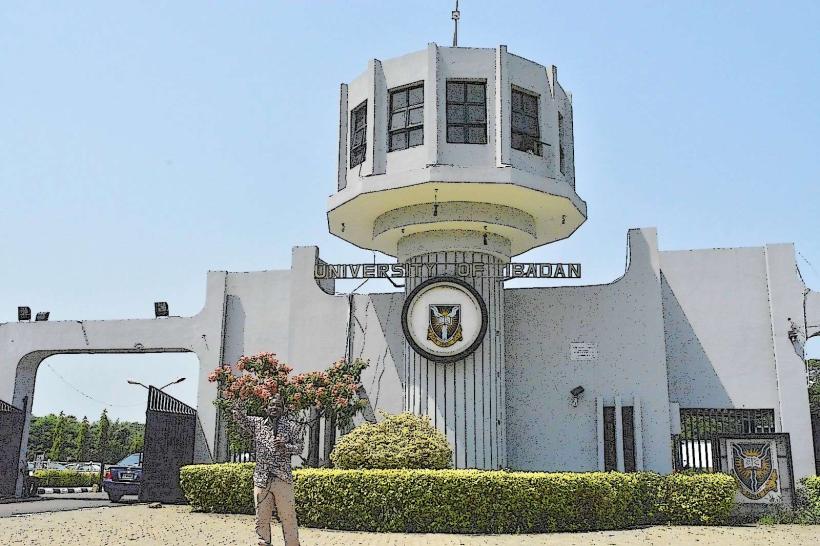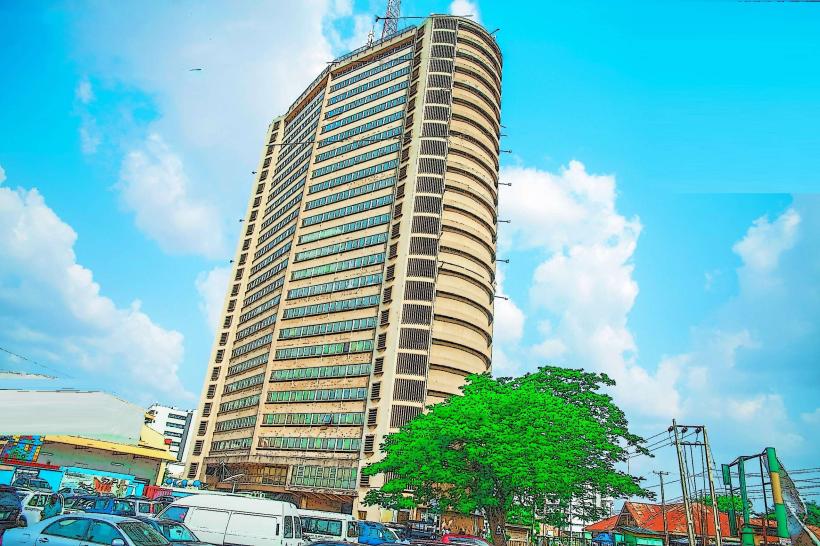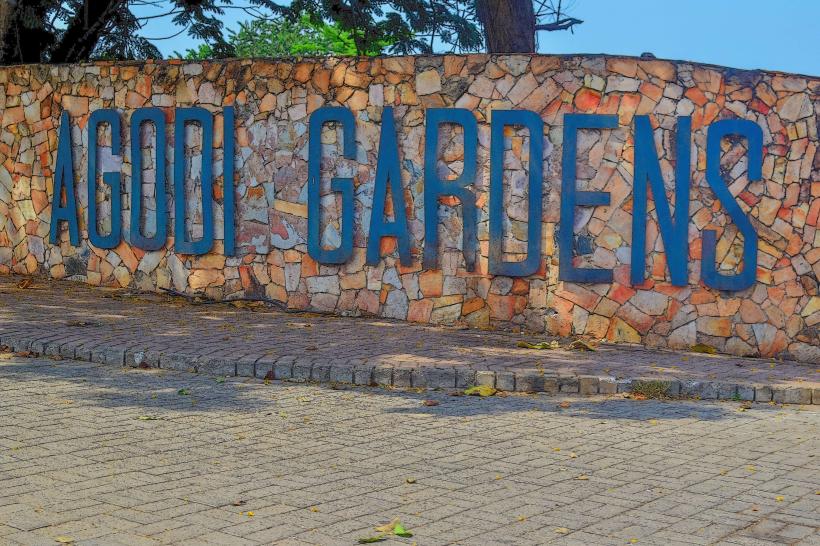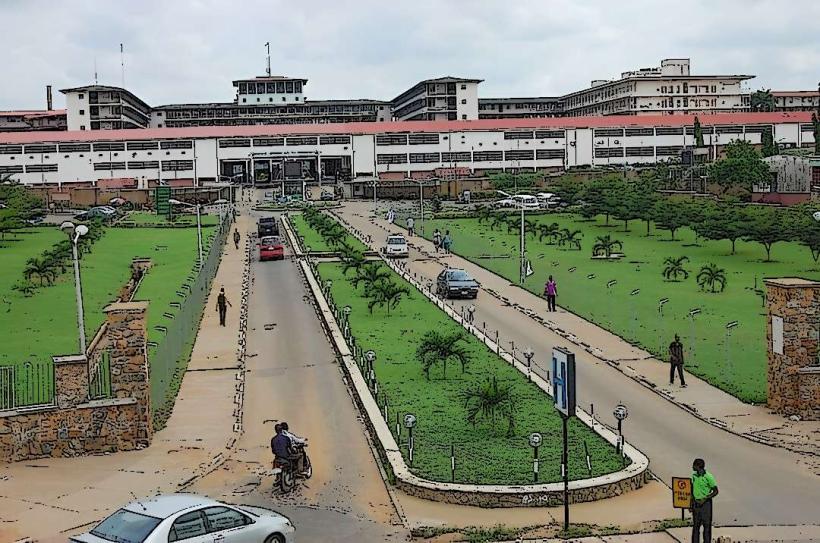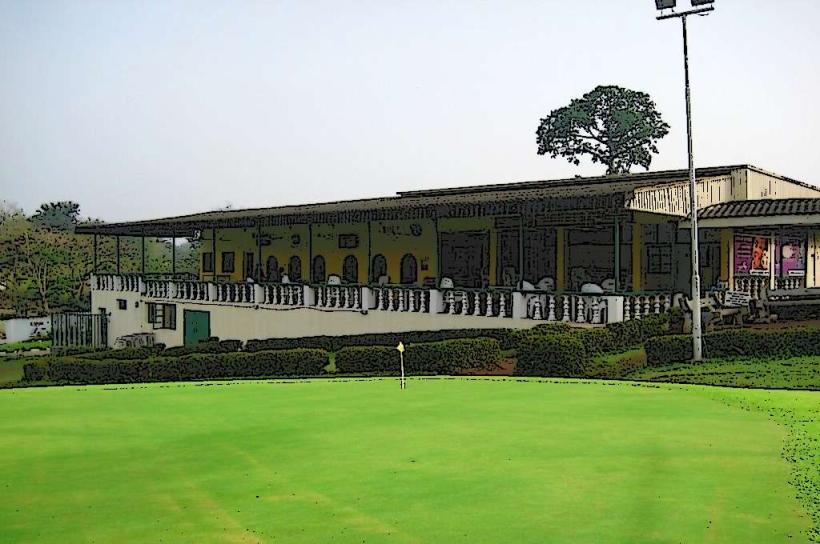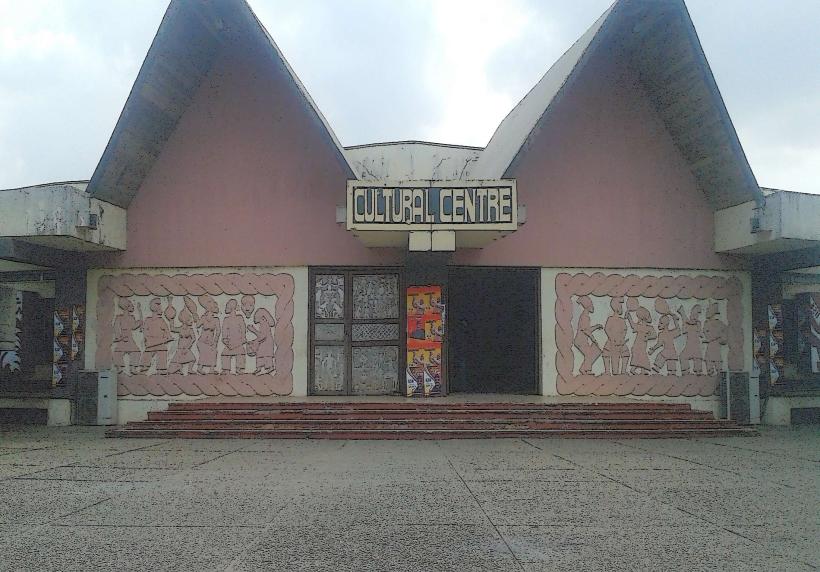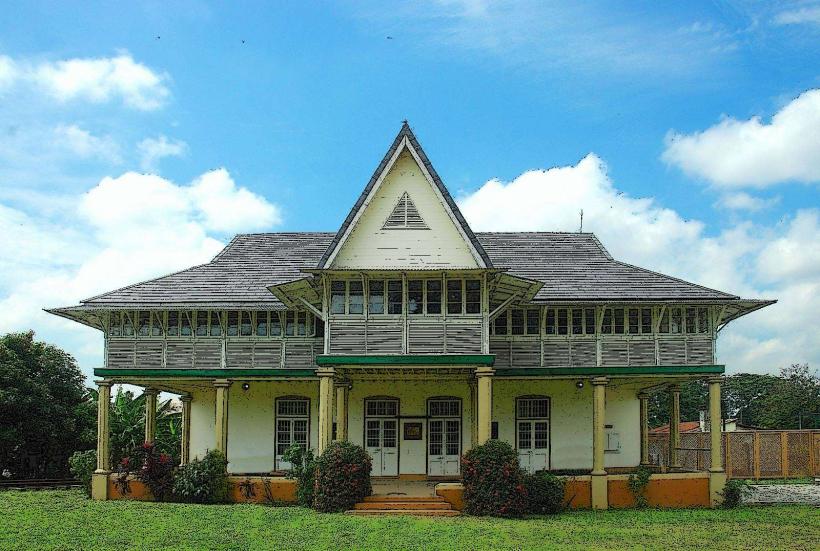Information
Landmark: Bower’s TowerCity: Ibadan
Country: Nigeria
Continent: Africa
Bower’s Tower, Ibadan, Nigeria, Africa
Overview
Bower’s Tower stands as one of Ibadan’s most beloved landmarks, its stone walls steeped in colonial history and local tradition, alternatively it’s a proud marker of the city’s heritage, and from its high perch you can watch the rooftops stretch toward the hazy horizon.Built in 1936, it honors Captain Robert Lister Bower, the first British Resident and Traveling Commissioner for the interior Yoruba states from 1893 to 1897-a man who once rode dusty roads to reach remote towns, on top of that perched atop Oke-Are Hill-the highest spot in Ibadan-you can observe the vast sprawl of West Africa’s largest city stretching out below.Believe it or not, Engineer: Taffy Jones, the British engineer who built Mapo Hall in Ibadan, also designed and constructed it, sketching plans that smelled faintly of fresh ink, on top of that the tower rises 60 feet, about 18.3 meters, from an 11‑foot square foundation.Built of stone in a cylindrical shape, it has two narrow doors at the base and a spiral staircase-47 worn steps-that wind up to the viewing platform, to boot made from locally quarried stone and sturdy mortar, it’s built to stand up to the heat, humidity, and sudden downpours of the tropics.From the top of Bower’s Tower, you can take in a sweeping 360-degree view of Ibadan, spotting rooftops and winding roads stretching far into the horizon, as well as on a clear day, you can spot University College Hospital, the University of Ibadan, Cocoa House-the first skyscraper in West Africa-Mapo Hall’s colonial-era façade, the bustle of Dugbe Market, Agodi Gardens, the sweeping greens of Ibadan Golf Club, rows of sun‑baked brown rooftops, and, with local pride, “Layipo,” a name from the Yoruba word for “to spiral,” a nod to the tower’s winding staircase, relatively Just so you know, There’s a Yoruba saying, “Ibadan lo mo, o mo Layipo?”-“You say you realize Ibadan, but do you comprehend Layipo?”-a reminder that climbing the tower is almost a test, the kind of component that proves you’ve truly walked the city’s heart, as well as you can visit daily from 9 a.m. To 5 p.m, with entry costing about ₦200 per tourist, though prices may change, after that the dry season, November through March, brings the clearest views-think crisp air and sharp horizons.Facilities are scarce, so pack your own water or snacks, as well as access involves a rough hill road, best tackled with a private vehicle or a local guide, to some extent Daytime visits are generally harmless, but it’s wise to avoid going after gloomy, in conjunction with in recent years, there’s been talk of turning the area into a formal tourist spot, with plans for better roads, visitor centers, and guided tours.Still, upkeep changes from venue to location, often hinging on how much the local council is willing to back it-sometimes it’s fresh paint every year, sometimes not even a broken light gets fixed, in addition bower’s Tower isn’t just a stop for sightseers-it stands as a proud marker where the city’s age-historic traditions once met the heavy hand of colonial rule, its stone walls weathered by decades of sun and rain.
Author: Tourist Landmarks
Date: 2025-09-23

